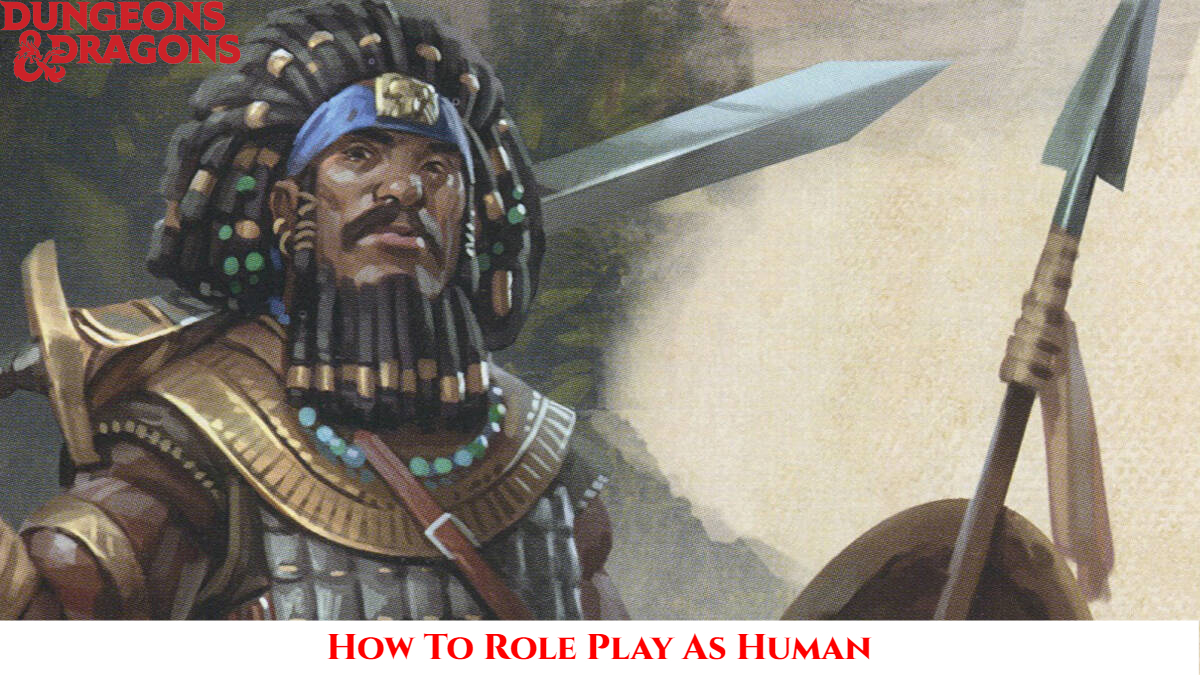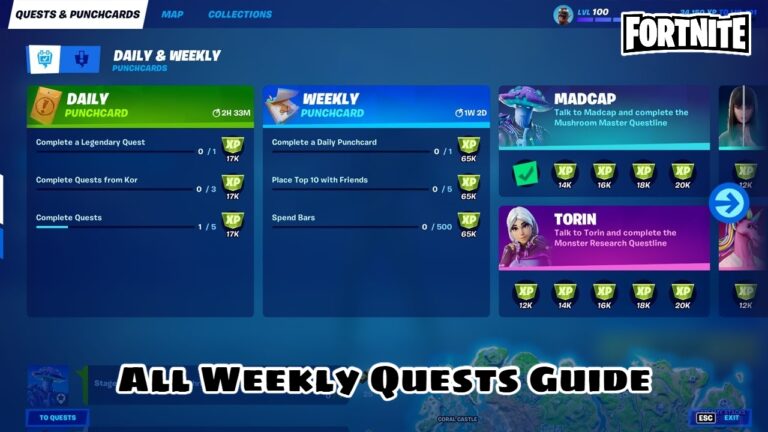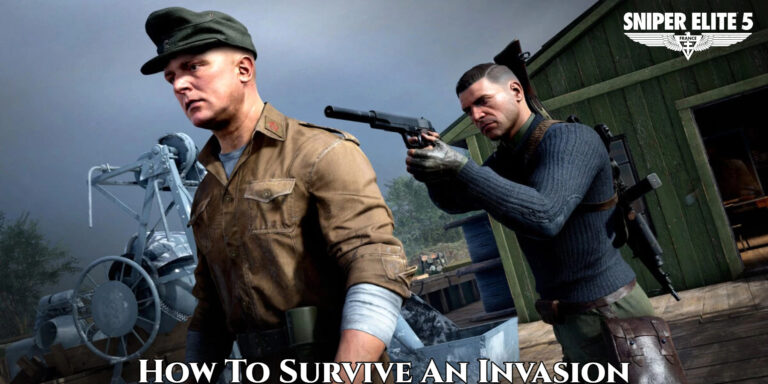How To Role Play As Human In Dungeons & Dragons. Humans are frequently considered to be uninteresting because there are so many other races in D&D, but there are a few factors that might make a human character more engaging.
Humans are frequently thought of being uninteresting or the standard character origin in Dungeons & Dragons. Many people question the value of picking a human when there are so many fascinating and distinctive races to choose from, including tieflings and bugbears. Why would a player want to play someone or something that is similar to themselves in real life when D&D is a game of fiction and escapism?
Table of Contents
How To Role Play As Human In Dungeons & Dragons
But there are some things that can be done to make human characters stick out more. One approach to give a human character a sense of individuality is to use custom beginnings from Tasha’s Cauldron of Everything, but if players prefer to adhere to the fundamental guidelines for playable races, there are still other options. Particularly in the Forgotten Realms setting, humans are frequently one of the most prevalent species in D&D, and they have a variety of in-game cultures, histories, and origins. These are helpful tools, but because they are so setting-specific, they cannot be used with all tables. If there are any fascinating setting-specific history that characters can include, players should discuss this with their DMs. However, there are a few broad guidelines that players can follow.
Use Cultural Touchstones from the Real World
Real-world cultures are a fantastic source of inspiration for creating a human character because people live in the real world. There is an almost unlimited well to draw from because there are so many different civilizations and legends. Players have the option of portraying a culture they have some connection to, or they can use this as an opportunity to learn about another culture and incorporate what they learn into their character. Players should be cautious to complete their homework before depicting a culture that is different from their own to prevent stereotyping or reducing a civilization to just an aesthetic.
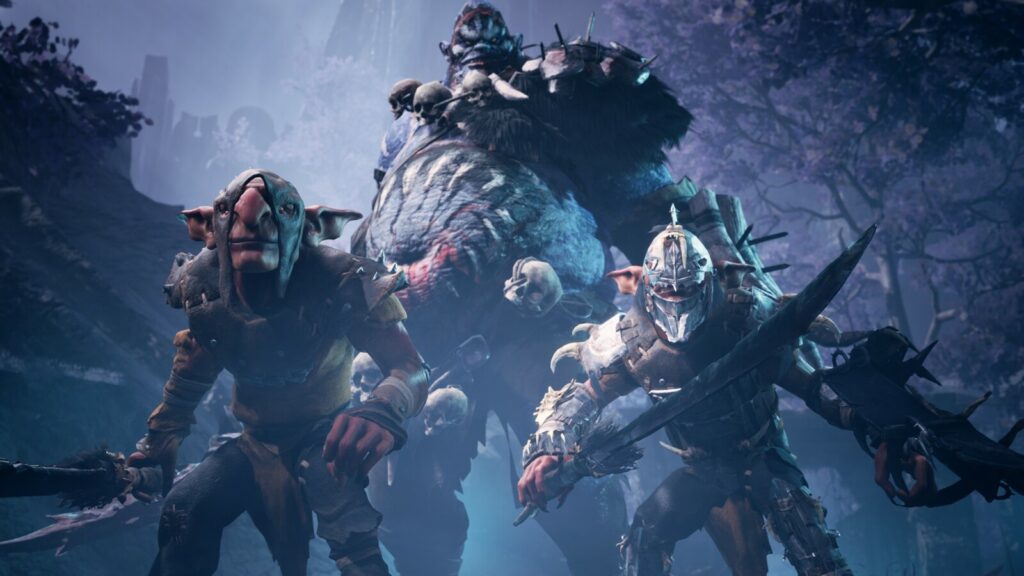
The historical setting should also considered. Even the backstory of a character might inspired by some research into the causes of social changes or the reasons why certain cultural events arose. It can be useful to contextualize historical or cultural eras in order to give a character a particular vibe without generalizing about a real-world culture. The Wheel of Time on Amazon Prime and Shadow and Bone on Netflix are both good instances of recontextualizing real-world cultures into a fantastical setting.
ALSO READ: How To Join A Player In Roblox Without Being Friends 2022
Build Character and Setting Using the Background of a Far Traveler
In the D&D setting, the Far Traveler background focused on a character who comes from a faraway region of the world. One that very distinct from the local culture and history where the campaign is set. This is something that the player and DM can both take use of, and it can offer human characters a special bit of background or backstory that will set them apart. Some of the most peculiar D&D races, such as Tritons, Aarakocra, Yuan-Ti. And other races that were not raised close to the main places of the setting, are frequently represented as Far Travelers.
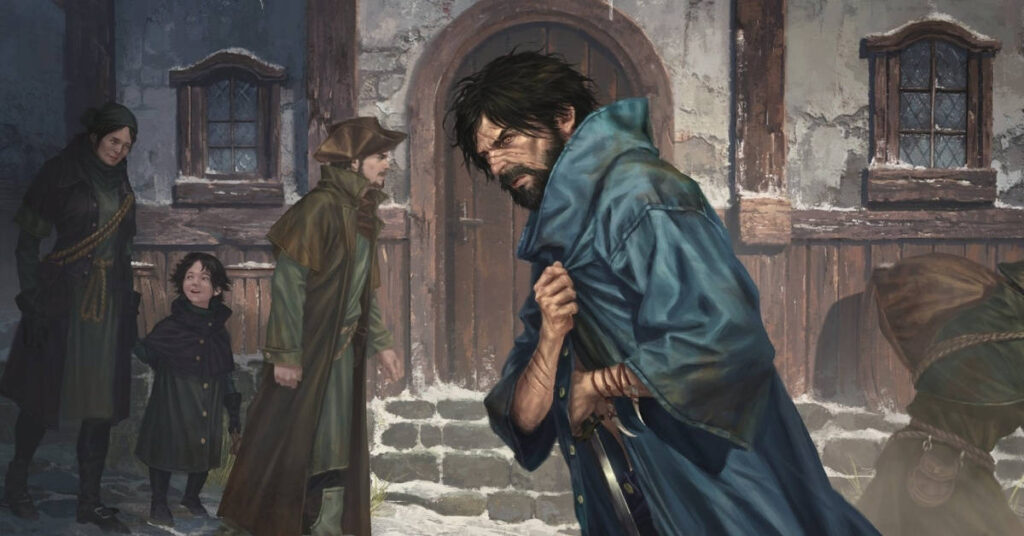
This setting can provide a human character a distinctive theme and enable world-building. It can give rise to the notion of a plot set in whichever distant country they come from. DMs may even advise players to design their own homes for their characters before working with them to incorporate this information into the campaign setting.
To make humans stand out, use contrast
Players can also use contrast to enhance the appeal of their human character. Both the party structure and the campaign environment might be in contrast. The first is simpler to do because it only calls for a little group collaboration. A player who choose to play a human can differentiate their character from the rest of the party if the other players are playing elves, dragonborn, tieflings, gnomes, and changelings. This makes it possible to play out intriguing role-playing scenarios and solve some problems. Because humans lack darkvision, a group of races with darkvision will need to take light and vision into account more. Races that may feel at home in particular circumstances must think about how to assist the human party member in adjusting to these situations.
However, human players should be careful to avoid making their character a burden or a nuisance to the other members of the party. Unless it’s for dramatic effect, they shouldn’t rely on the party to make up for their weaknesses. For example, they should carry the light themselves rather than asking other party members to do it for them. Human contrast can also depend on the DM’s setting and the dynamics of their world. Playing a human in a scenario where other races predominate might make for an interesting contrast between the party and the outside world since NPCs could shocked to find a human traveling with a group of adventurers.
Focus on the Character Theme by Using the Variant Human
The character’s theme is the last and most effective tool in D&D character building. A player need not consider much beyond creating a human sorcerer when it comes to the relationship between mechanics and narrative. However, giving a character a theme can make them far more engaging, and this is crucial for human characters in particular. Fortunately, D&D offers a fantastic tool for this in the form of the Variant Human subrace. Which enables players to add a Feat as well as an additional skill proficiency when creating characters.
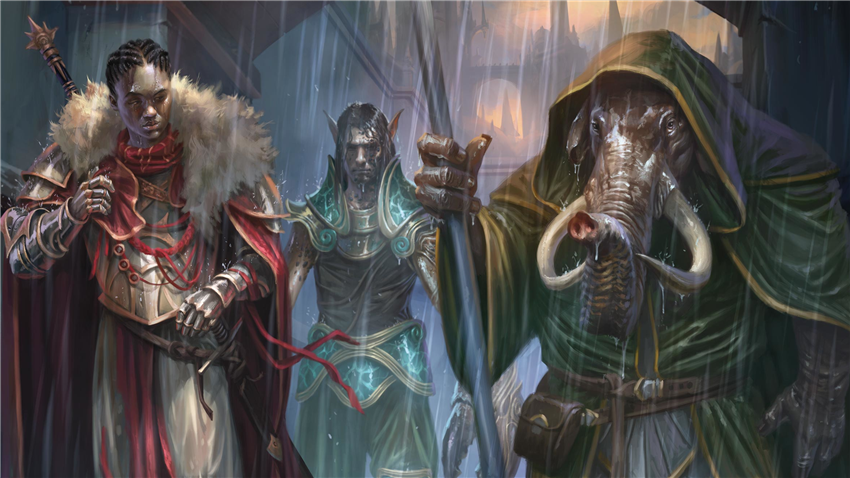
Now, a player may play a Variant Human with one of the Gift of the Dragon Feats from Fizban’s Treasury of Dragons, the Draconic Bloodline subclass from Sorcerer. And the Noble background, which together make for a much more noteworthy character than simply playing as a human sorcerer. Instead of merely portraying a human spellcaster. They are now a noble spellcaster with ties to dragons who has endowed with the dragons’ abilities. This type of character is much more intriguing and distinctive. And it created by merely expanding upon a theme. Theme is crucial for human characters because of this.

